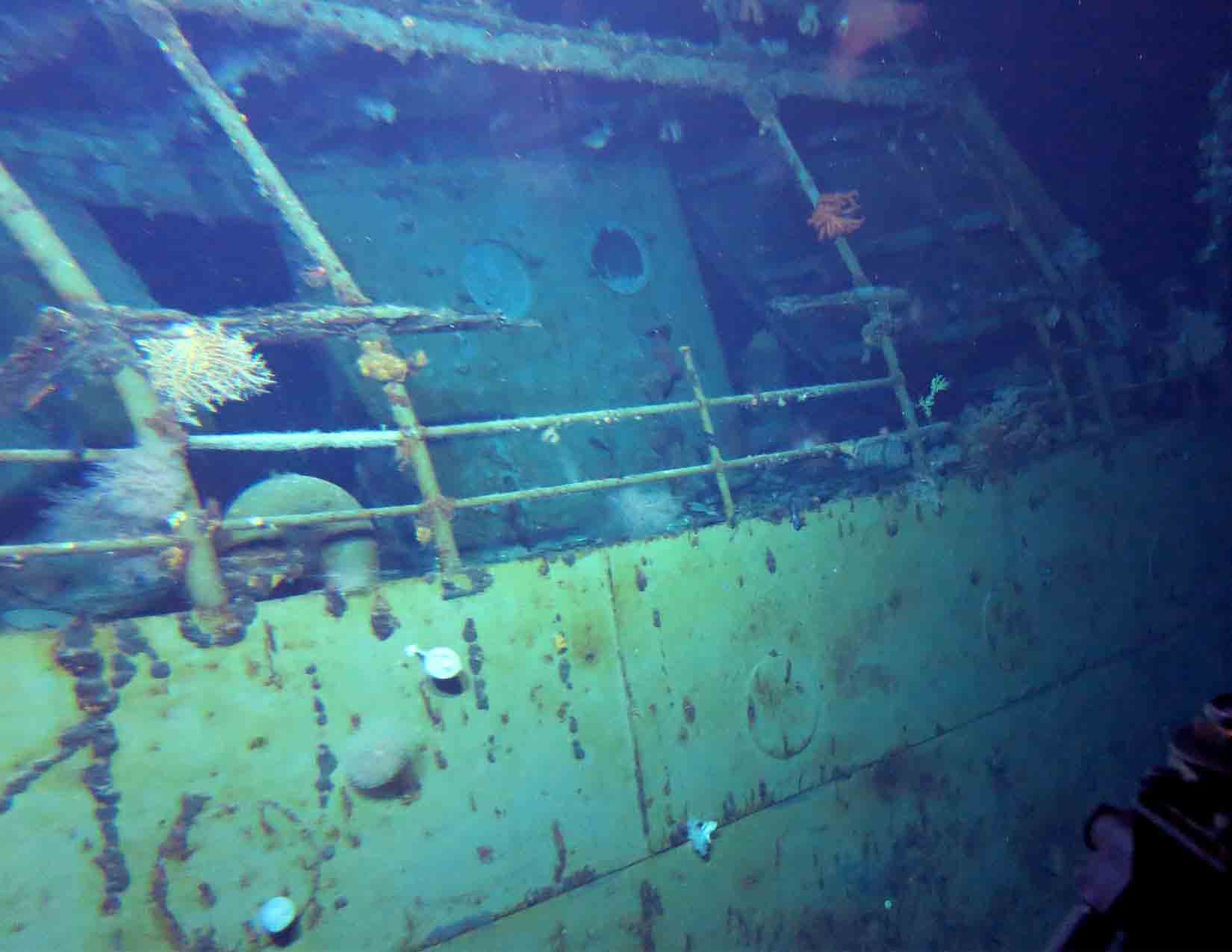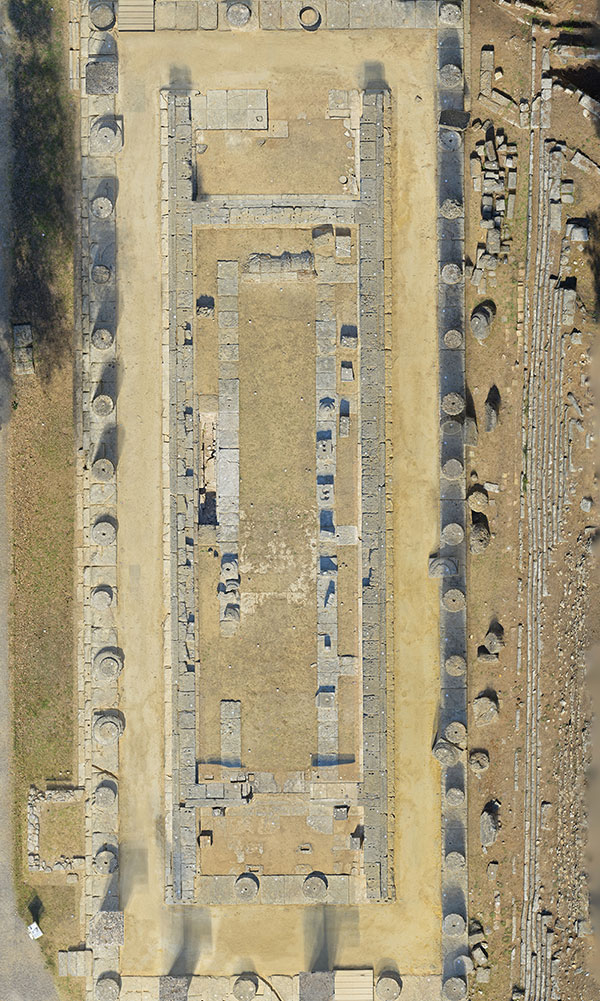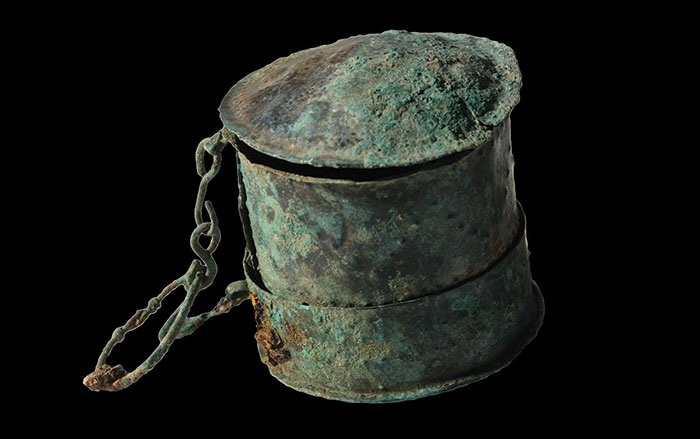
DALLAS, TEXAS—Fox News reports that Mark McCoy of Southern Methodist University and his team calculated the age of Nan Madol, a capital ruled by a single chief on the Pacific island of Pohnpei. Using uranium-thorium dating, the researchers found that the tomb where Nan Madol’s first chief was buried dates back to A.D. 1180, or about 100 years earlier than similar tombs elsewhere in the Pacific. McCoy described Nan Madol as the first site in the remote Pacific islands to serve as a seat of political power, religious rituals, and monumental burial. This information could help researchers understand how human societies evolved more complex, hierarchical systems. “The main finding here was the discovery of strong archaeological evidence of [the] rise of the first chiefs to rule the island,” McCoy said. “Something that of course is described in Pohnpei’s own oral histories, but with the results described in our new paper, can now be compared to other islands in the Pacific and societies around the world.” To read in-depth about another Pacific island, go to “Letter From the Marshall Islands: Defuzing the Past.”











